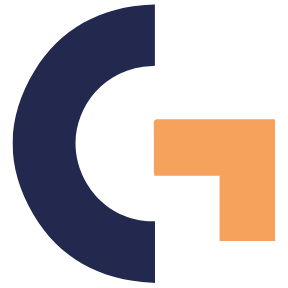Productivity: 7 Science-Backed Hacks to Master Your Workday
Productivity isn’t about working longer—it’s about achieving more in less time. Shockingly, the average worker is only productive for 2 hours and 53 minutes daily, costing businesses billions in lost efficiency. Whether you’re battling endless meetings, cluttered inboxes, or decision fatigue, this guide delivers 7 actionable hacks to help you reclaim focus, streamline workflows, and crush your goals. Let’s unlock peak performance!
1. Audit Your Time (Spot Hidden Productivity Killers)
You can’t improve what you don’t measure.
Track Tasks: Use tools like RescueTime or Toggl to log activities for 3 days.
Identify Distractions: Social media? Overlapping meetings? Label your time sinks.
Calculate ROI: Pinpoint high-impact tasks vs. energy-draining busywork.
Example: A sales team saved 8 hours/week by replacing hour-long meetings with 15-minute stand-ups.
2. Prioritize Ruthlessly with the Eisenhower Matrix
Productivity thrives on doing the right work, not just more work.
Urgent & Important: Tackle immediately (e.g., client deadlines).
Important, Not Urgent: Schedule strategically (e.g., project planning).
Urgent, Not Important: Delegate (e.g., routine emails).
Not Urgent/Important: Eliminate (e.g., redundant reports).
Pro Tip: Spend 60% of your day on “Important, Not Urgent” tasks to drive long-term results.
3. Time Blocking: Design Your Focus Zones
Assign fixed slots for tasks to avoid decision fatigue.
Batch Similar Tasks: Group calls, creative work, and admin into themed blocks.
Protect Deep Work: Reserve 2–3 hours daily for high-focus tasks (zero interruptions!).
Use Tools: Try Google Calendar or Motion for automated scheduling.
Stat: Time blocking increases task completion rates by 72%.
4. Optimize Your Workspace for Peak Productivity
Your environment shapes your output.
Ergonomics: Adjust chair height, desk setup, and screen position.
Lighting: Natural light boosts focus by 15%—position near windows.
Declutter: A tidy workspace reduces stress and decision fatigue.
Case Study: A remote worker doubled output after redesigning their home office for minimal distractions.
5. Leverage Productivity Tools (Work Smarter, Not Harder)
Automate repetitive tasks to free up mental bandwidth.
Zapier: Auto-save email attachments to cloud storage.
Grammarly: Speed up writing with AI-powered edits.
Trello/Asana: Visualize workflows and delegate tasks seamlessly.
Pro Tip: Use AI tools like ChatGPT to draft emails or brainstorm ideas in minutes.
6. Take Strategic Breaks (Yes, Seriously)
Your brain needs downtime to perform.
Pomodoro Technique: Work for 25 minutes, break for 5.
Movement Breaks: Walk, stretch, or do quick exercises to reset focus.
Mindful Breathing: 5-minute meditation sessions reduce stress by 30%.
Stat: Employees who take regular breaks make 50% fewer errors.
7. Set Daily Intentions with the 3-MIT Rule
Define 3 Most Important Tasks (MITs) each morning.
Be Specific: “Finalize Q3 budget draft” vs. “Work on budget.”
Time-Bound: Assign deadlines (e.g., “Complete by 11 AM”).
Celebrate Wins: Checking off MITs builds momentum.
Example: A startup founder achieved 90% of quarterly goals by prioritizing MITs daily.
Bonus: 3 Productivity Pitfalls to Avoid
Multitasking: It slashes efficiency by 40%—single-task instead.
Overplanning: Don’t let planning eat into execution time.
Ignoring Energy Cycles: Schedule demanding tasks during peak focus hours (e.g., mornings).
Conclusion: Productivity is a Skill—Hone It Daily
Productivity isn’t a one-time fix—it’s a habit. By implementing these 7 hacks, you’ll transform chaotic days into streamlined, purpose-driven work. Ready to dominate your to-do list? Start with one strategy today and watch your efficiency—and confidence—soar.

